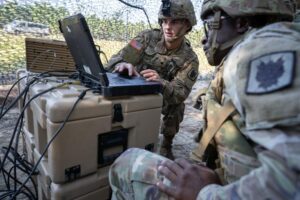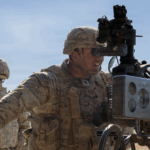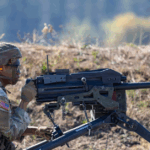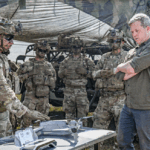
The Army on Friday released its Unified Network plan which aims to synchronize tactical and enterprise networking modernization efforts to bolster capabilities, with a goal to transform the network from a “perceived invisible asset to a weapons system” by 2028. The new plan details a three-phased effort to set conditions for a unified network positioned to support future Multi-Domain operations, to include establishing new security and information architectures and pursuing technologies that will allow the Army to share information rapidly…

 By
By 











